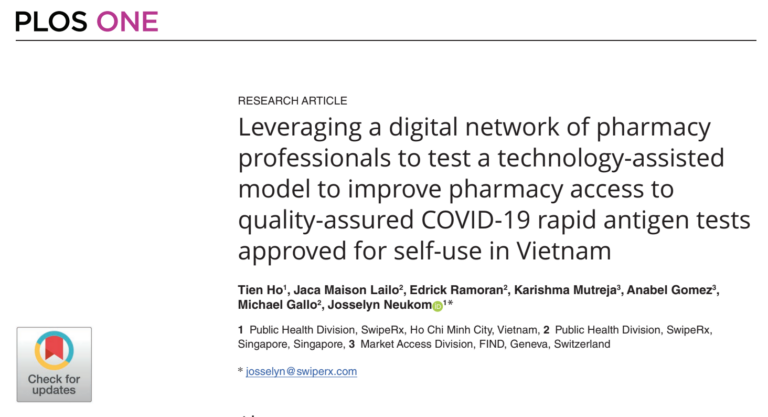Diabetes is a major problem in Vietnam today. It afflicts millions of people in the country, and incidence of the disease is growing at alarming rates. Addressing this problem will require improved measures to prevent, diagnose, and treat the disease. Public and private healthcare organizations need to act fast before it’s too late.
On the surface, the problem might appear less urgent than elsewhere in Southeast Asia. Compared to other countries in the region, Vietnam still has a relatively low incidence of the disease. Its age-adjusted incidence was only 5.3% in 2014, according to a recent meta-analysis by the NCD Risk Factor Collaboration (NCD-Risc). This is the lowest in the ASEAN region.
Yet in a nation of over 90 million people, this still amounts to millions of patients. Due to low awareness of the disease, many of these patients are undiagnosed and untreated. As a result, many do not learn about their condition until they start suffering from late-stage diabetes and its complications, which can be devastating for patient health and expensive to treat.
One symptom of the broader problem is an “alarming caseload” of surgeries and amputations due to diabetic foot syndrome, according to a June 2013 article in The New York Times. The article quoted Dr. Nguyen Thy Khue, President of the Vietnamese Association of Diabetes and Endocrinology, as saying that the problem is already “severe” and putting major strain on Vietnam’s healthcare system.
It will only get more severe in the coming years. NCD-Risc projects that age-adjusted incidence of the disease will grow rapidly in the next 10 years. Compared to other countries in Southeast Asia, only the frontier markets of Myanmar, Cambodia, and Lao will see a faster rise.
The problem is particularly acute in the Southern Region, which includes Ho Chi Minh City, the industrial provinces surrounding it, and the Mekong Delta. While estimates vary between studies, a meta-analysis published in the Asia Pacific Journal of Public Health in 2015 found that incidence of diabetes in the Southern was a staggering 12.4% in 2010. This represents a threefold increase in just six years.
Why such rapid growth? Genetics may play some role, but demographic and lifestyle factors are almost certainly the key culprits. As Vietnam develops, people are flocking to congested cities, where they are pursuing increasingly sedentary lives, eating unhealthy foods, and taking on other habits, such as excessive smoking and drinking, that increase their risk of diabetes.
To address such a serious and difficult problem, public and private healthcare organizations must work together to encourage healthier lifestyles. They also need to improve access, affordability, and quality of essential treatments.
mClinica is doing its part by building datasets and publishing research on epidemiological trends, prescribing habits, and patient demographics. If you represent a healthcare organization with an interest in partnering to tackle Vietnam’s emerging diabetes epidemic, please contact us to learn more.
Photo Credit: Thi Hong Hanh Mac (C) 123RF.com

SwipeRx Partners with the Drugstores Association of the Philippines and CPhAD at Annual Convention
✨ SwipeRx is thrilled to have participated in the recently concluded 26th Annual Drugstores Association of the Philippines (DSAP) Convention last March 26-28, 2025 as









